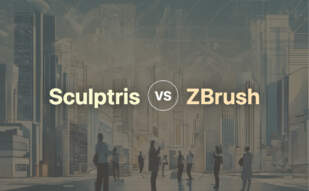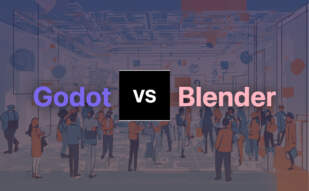Undecided between Blender and Sculptris Pro? Opt for Blender for extensive features like 3D modelling, animation, rendering, video editing, and compatibility with diverse 3D file formats. Sculptris Pro, however, is your go-to choice for digital editing mode in ZBrush, ideal for fine sculpting and polygonal versatility, especially for beginners and intermediates.
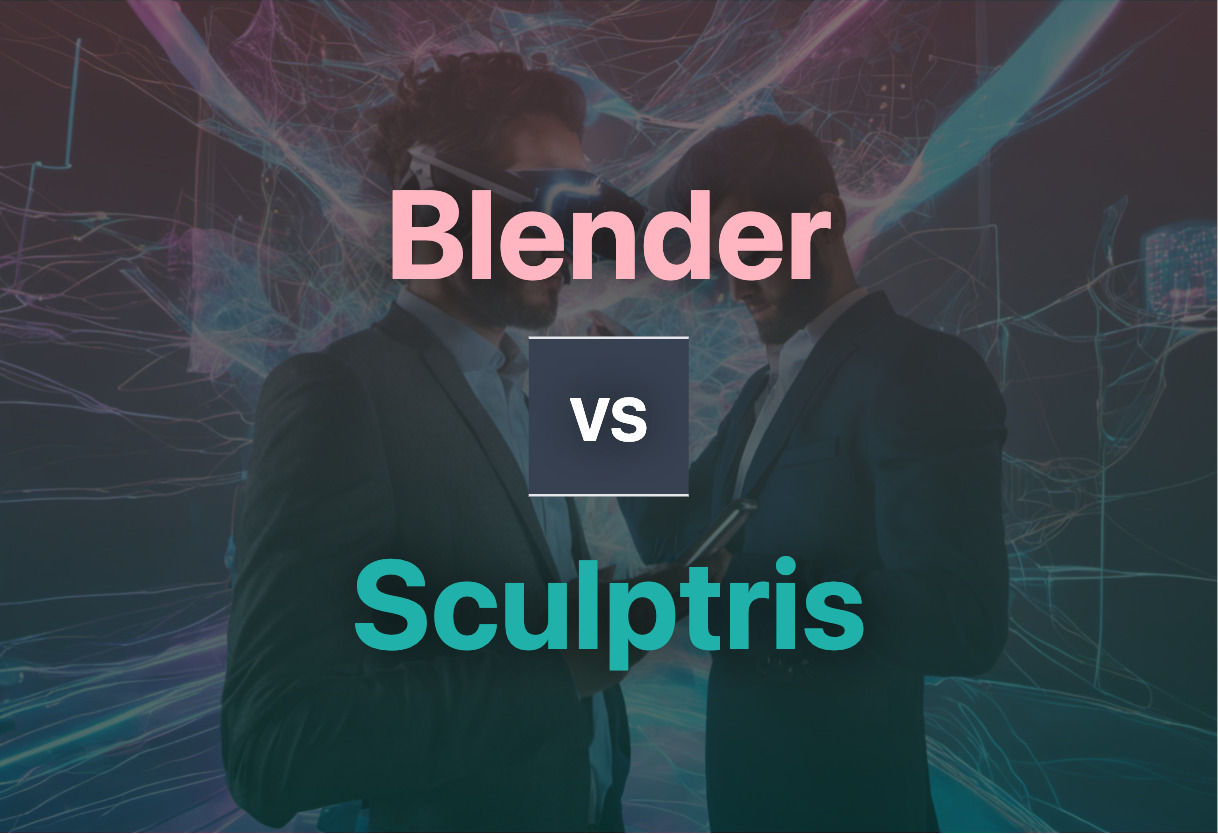
Key Differences Between Blender and Sculptris Pro
- Blender is a free, open-source 3D graphics software tool, while Sculptris Pro is a digital editing mode in ZBrush.
- Supported Operating Systems: Blender supports Linux, macOS, Windows, BSD and Haiku, whereas Sculptris Pro is compatible only with ZBrush.
- Blender showcases a broader array of functionalities like 3D modelling, animation, rendering, video editing, while Sculptris Pro emphasizes on sculpting, painting brushes and polygonal flexibility.
- While Blender uses C, C++, and Python, Sculptris Pro relies on an automatic triangulation technology for detailing and broad surface deformations.
| Comparison | Blender | Sculptris Pro |
|---|---|---|
| Technology Type | 3D Computer Graphics Software Toolset | Digital Editing Mode In ZBrush |
| Uses | Animated Films, Visual Effects, Art, 3D-Printed Models, Motion Graphics, Interactive 3D Applications, Virtual Reality | Gaming, Animated Films, Commercials, Scene Reconstructions, Industrial Design, 3D Printing, Art, Photorealistic Illustrations |
| The Main Developer | Ton Roosendaal | Pixologic |
| Special Features | 3D Modelling, UV Mapping, Texturing, Digital Drawing, Raster Graphics Editing, Rigging and Skinning, Fluid and Smoke Simulation, Particle Simulation, Soft Body Simulation, Sculpting, Animation, Match Moving, Rendering, Motion Graphics, Video Editing, Compositing | Allows Unique Behavior For Sculpting, Painting Brushes, Brushes Alter Model Topology On-The-Fly, Maintains Brush Shape Accuracy, Offers The Possibility To Grow Parts, Fine-Tune Or Erase Detail With Disregard For Underlying Topology |
What Is Blender and Who’s It For?
Blender is a 3D computer graphics software tool set, standing as the epitome of free and open-source technology. Released in 1994 by NeoGeo, Blender was later managed by Not a Number Technologies (NaN) and currently by Blender Foundation. With capabilities such as UV mapping, digital drawing, fluid, and particle simulation, this software serves diverse domains including visual effects, animated films, and even virtual reality applications.
Blender, now used across the globe, is especially intended for artists, animators, and creators seeking a comprehensive tool suite to bring their creative vision alive with minimum fiscal constraints. From individual hobbyists to large-scale 3D animation studios, Blender accommodates a broad user base.
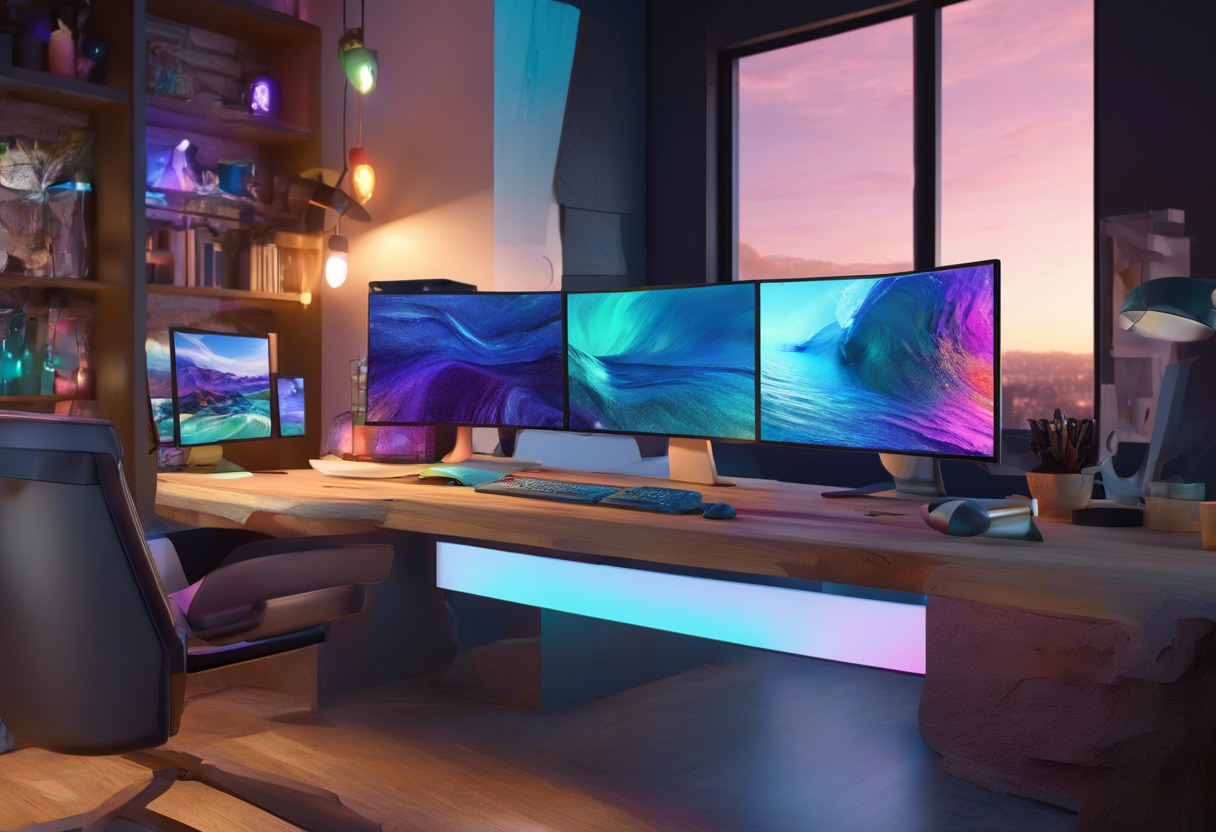
Pros of Blender
- Comprehensive tool set includes 3D modeling, animation, rendering, and more.
- Open-source and free, making it accessible to everyone.
- Supports various file formats for import/export including 3DS, FBX, and OBJ.
Cons of Blender
- User interface can be complex and overwhelming for beginners.
- Removal of the much-liked Blender Game Engine and Blender Internal in recent releases.
- Slight variances in operations between operating systems.
What Is Sculptris Pro and Who’s It For?
Sculptris Pro serves as a digital editing mode within ZBrush, a digital sculpting tool developed by Pixologic. It allows artists to amend model topology dynamically during their creative process. This platform aims to retain brush shape accuracy, thereby granting artists the liberty to construct, refine, or eliminate details without fretting over underlying topology.
Sculptris Pro is typically tailored to artists and designers who wish to focus more on the visual aspect of their creations and less on technical constraints. It’s particularly favored among beginners and intermediates, serving as a key sculpting tool for creating gaming assets, animations, fabrication designs, and photorealistic illustrations.
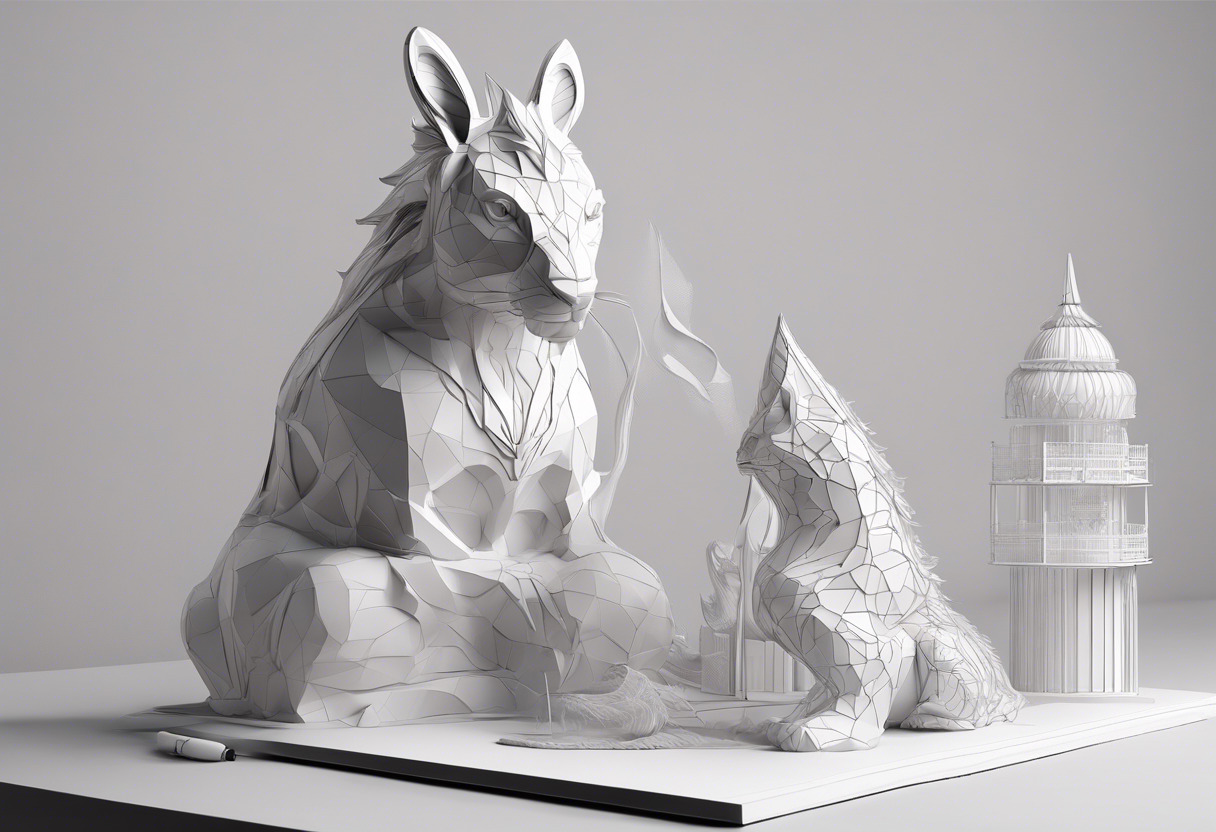
Pros of Sculptris Pro
- Brushes change model topology on-the-fly, providing greater flexibility.
- Negates concern for polygon resolution or technical constraints.
- Supports dense triangulation for extra-fine detail.
Cons of Sculptris Pro
- Dependent on the ZBrush platform.
- Requires vertices existence before moving feature in Sculptris Pro mode.
- Might lead to complex triangle weaves affecting smooth topology.
Blender vs Sculptris: The Final Verdict
The time has finally arrived to make your choice. Here’s the breakdown for different audiences:
3D Animators
If your goal is to create animated films, Blender boasts an incomparable toolset. With its extensive range of features, from animation to fluid and smoke simulation, it outshines Sculptris.
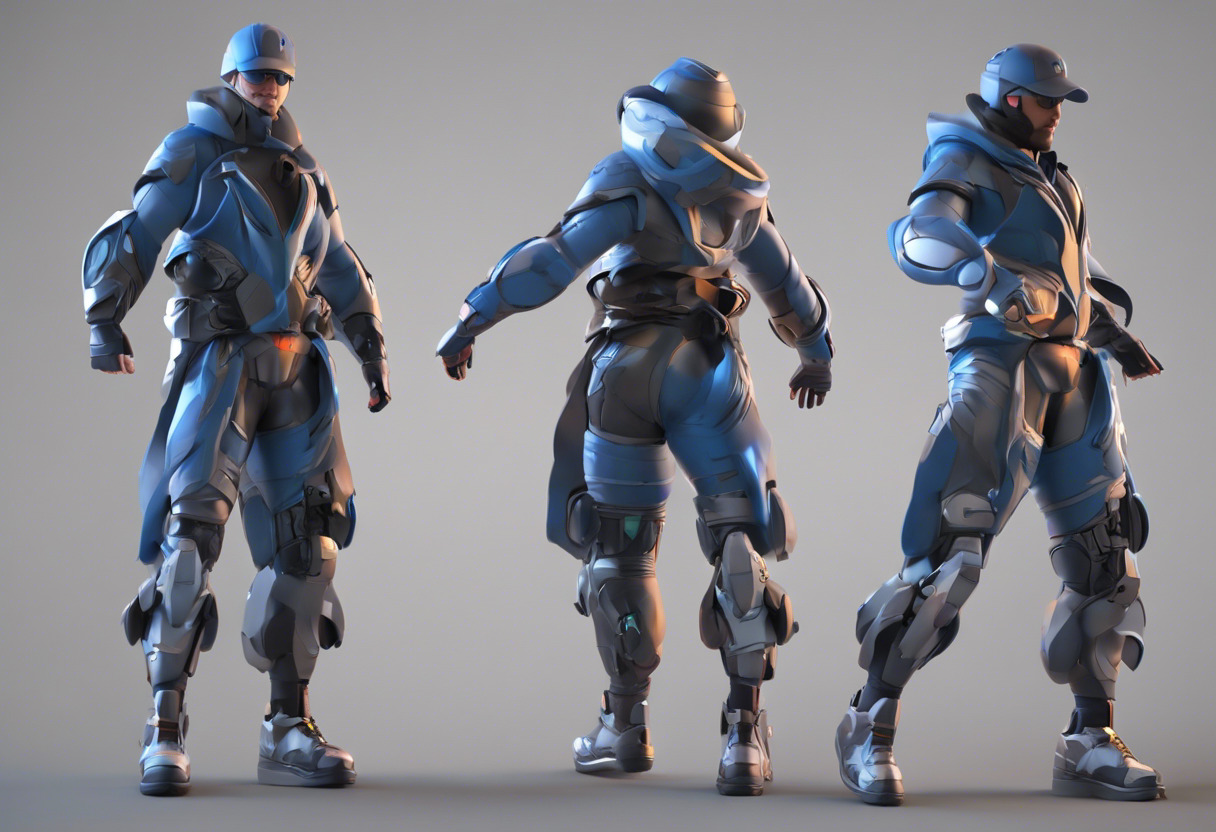
Game Developers
For those in the gaming sphere, Sculptris lights the way. Its focused capability of manipulating polygon resolution seamlessly fits the demands of game development.
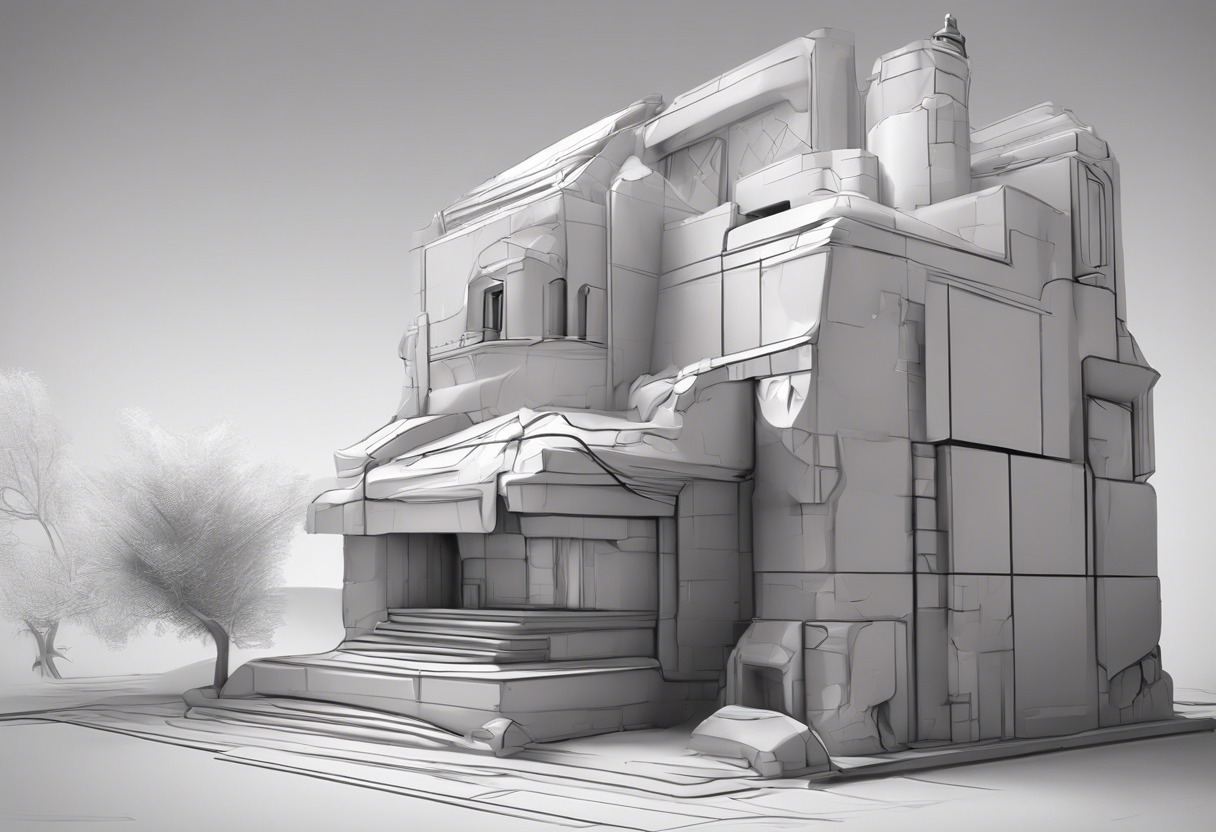
AR/VR Creators
Stepping into the future of AR/VR, Blender shines. Especially with its commitment to interactive 3D applications and virtual reality, it surpasses Sculptris.

3D Hobbyists and Intermediates
If you’re on the journey to advance your 3D skills while sticking to the fun side, Sculptris, with its artist-focused interfaces which disregard technical constraints, is your companion.
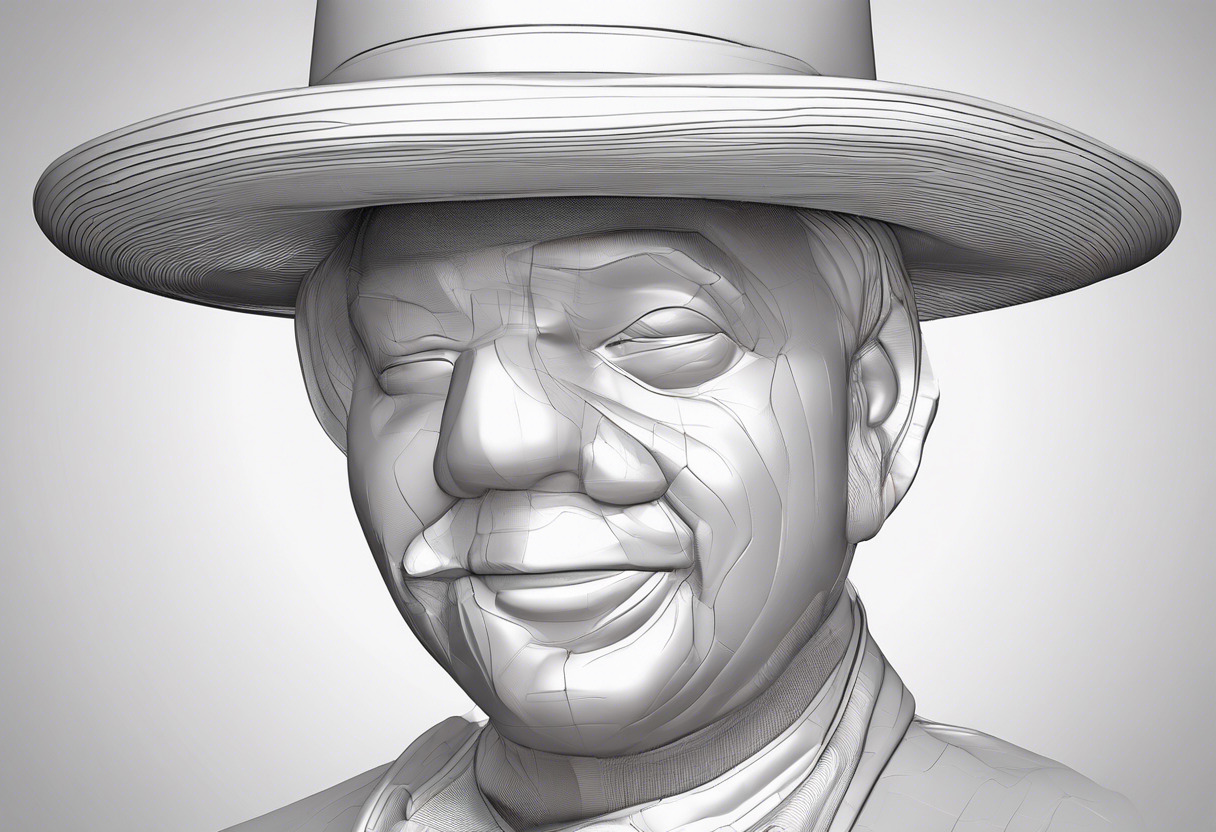
Blender stands strong with its exhaustive feature list and open-source nature but Sculptris’ artist-friendly tactics cannot be underestimated. If you’re navigating the complex terrain of 3D animation, choose Blender. If you’re seeking an artist-focused approach intertwined with gaming and film needs, choose Sculptris.
Tiffany Brise
Content writer @ Aircada, patiently awaiting a consumer AR headset that doesn’t suck.



